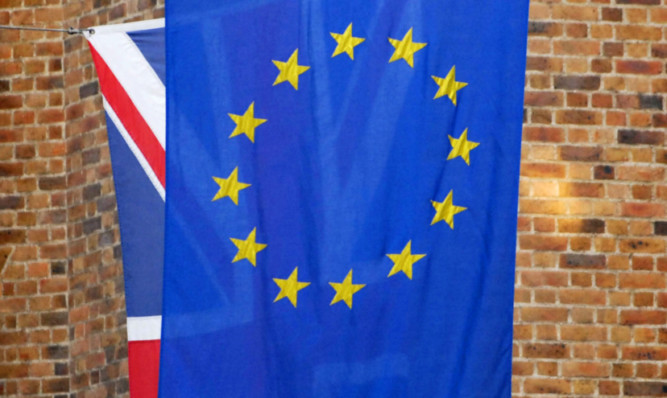Direct support to farmers is likely to be continued by the UK Government in the event of Britain voting to leave the EU in the forthcoming referendum.
According to a report on the agricultural implications of a Brexit, there could be long-term benefits to farmers following a “leave” vote.
However, a Brexit would cause short-term anxiety and hardship for Britain’s agriculture industry, particularly in the first 12 months.
The report’s author, agricultural economist Professor Alan Buckwell, is no clearer than anyone else on how long, or with what conditions, direct support payments to farmers would continue, but he does state that the policies which would follow Brexit would not be clear in advance of the referendum.
And he says the details of policies would diverge between England, Scotland, Wales and Northern Ireland.
“Following a ‘leave’ vote, there will be a two-year negotiation period of intense debate on Britain’s trading relationship with the EU and the rest of the world, and on the British Agricultural Policy (BAP) to replace the Common Agricultural Policy (CAP),” he writes in the 60-page report, Agricultural Implications of Brexit.
In his key messages, Prof Buckwell says the EU trade question is fundamentally a choice between remaining close to the EU single market, and therefore having to retain most EU existing regulation, or leaving the single market in order to allow some deregulation.
He adds: “Whichever outcome, there will be more customs controls, and thus higher trading costs, than now on trade with the EU (both ways). These could depress UK farm prices and raise some consumer costs.
“If the UK then chooses lower protection levels on agriculture with the rest of the world, this would also depress some UK farmer prices but reduce consumer costs.
“Therefore together, farmers might face weaker prices, whilst consumer food prices, on balance, may not be much affected.”
If there is a Brexit, Prof Buckwell argues the uncertainties over direct support would reduce confidence and investment in agriculture, and probably reduce rents, land prices and lending to agriculture, unless and until clarity emerged on a new BAP.
However, after some disruption and short-term hardship, he argues markets for all inputs and services to farming would adjust to the shocks and processors, and retailers would be concerned to ensure continuity of supplies.
He states that farmers will also adjust, adding: “There is much scope to improve UK agricultural productivity which has slipped compared to other EU countries.
“There could be a catalytic effect of Brexit with beneficial long-run effects for the sector as a whole.”
Prof Buckwell makes it clear he expects the UK to remain in the EU but argues that the referendum debate will expose that the current CAP is not well tuned to support environmentally sustainable and viable farming.
He concludes: “The so-called reformed EU will still have an insufficiently reformed agricultural policy.”
